The webbed feet of frogs and ducks are really cool to look at. Imagine if their arms and legs were webbed, too! Actually, imagine it was a small mammal, like a mouse, with webbed armed and legs that allowed the animal to fly. Actually, you don’t have to imagine! | ||||||||||
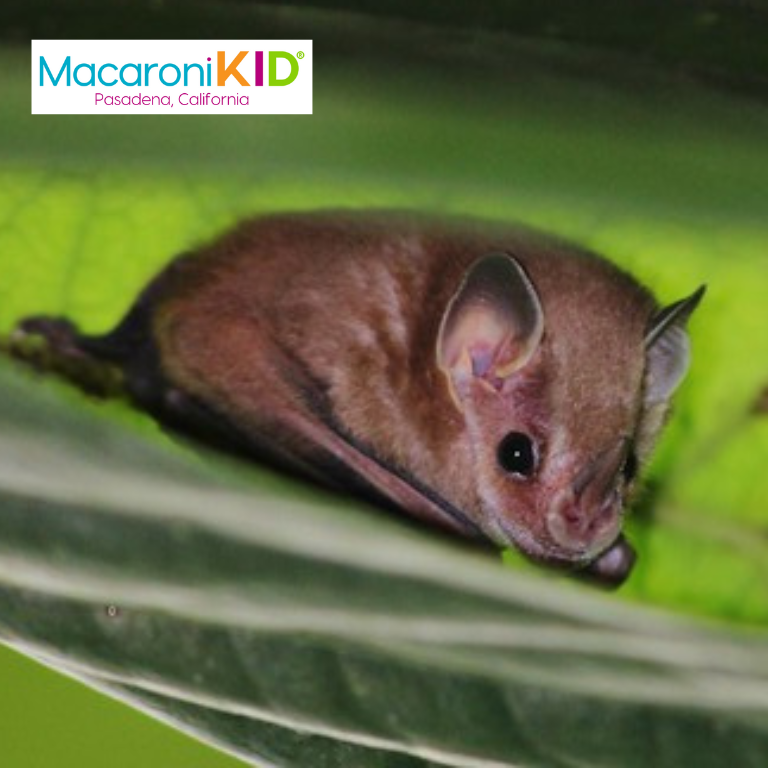 |  | 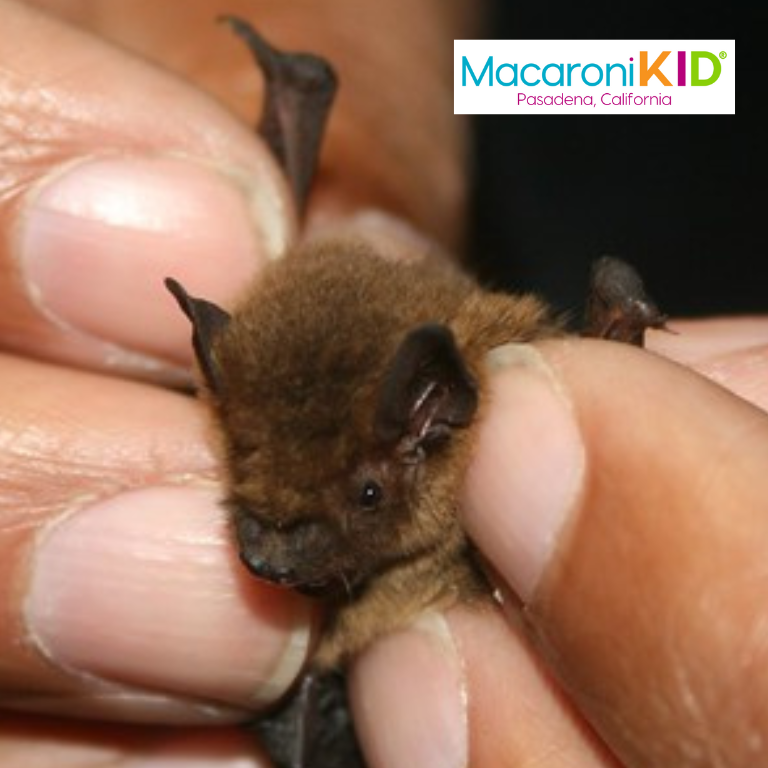 | ||||||||
Though bats have long been associated with Halloween and are for some reason regarded as scary, they are actually really beneficial to humans and our environment. They act as natural pollinators and disperse seeds, which in turn helps many plant species to thrive. | ||||||||||
Most bats in California are insectivores, subsisting on mosquitoes, beetles, wasps, ants, moths, and flies as well as other flying arthropods. According to the Los Angeles Country Department of Public Health, many bats each their weight in insects each night! Because of their insectivorous nature and rate at which they consume pests, bats save the agricultural industry millions, if not billions of dollars each year. Reducing the need for chemical insecticides is also good for the environment. | ||||||||||
Because bats hibernate from mid-September to mid-April, you are most likely to notice them at dawn or dusk in the springtime or summer. If you think you saw a bird fly by after dark, you might be surprised to learn that it was more likely a bat (as bats are nocturnal and birds are diurnal). Bats can roost just about anywhere – caves, trees, under the eaves of building. Bat experts say that many homeowners are completely unaware of the bats they have living in their yards.They don’t typically cause harm to humans in any way, and usually avoid them. | ||||||||||
Bats are the wild animal most likely to have rabies, but only about 1% of all wild bats carry the disease, according to the Los Angeles County Department of Public Health. Just to be sure, though, it is advised to avoid touching a bat bare-handed if you do find one. | ||||||||||
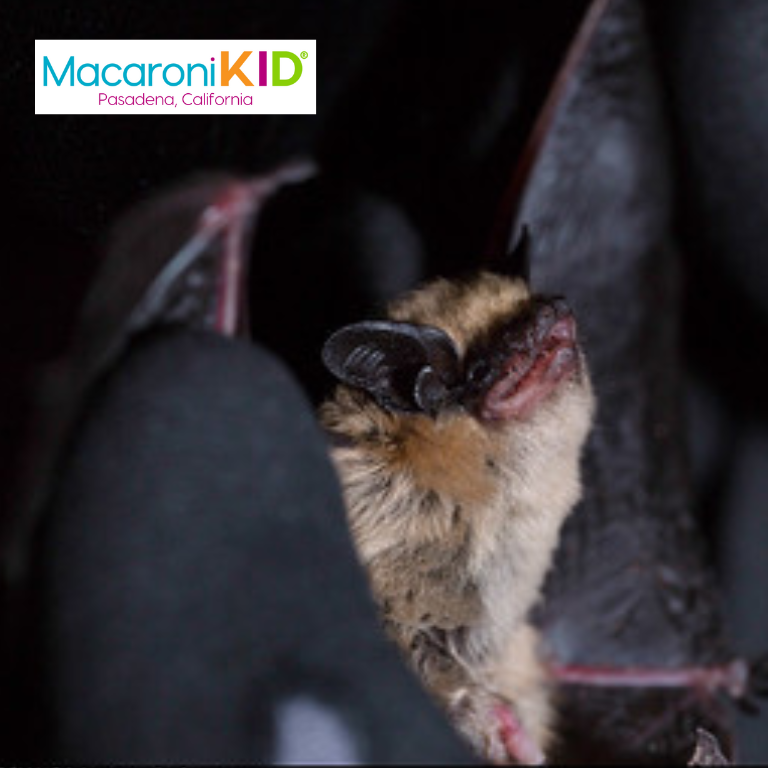 |  | 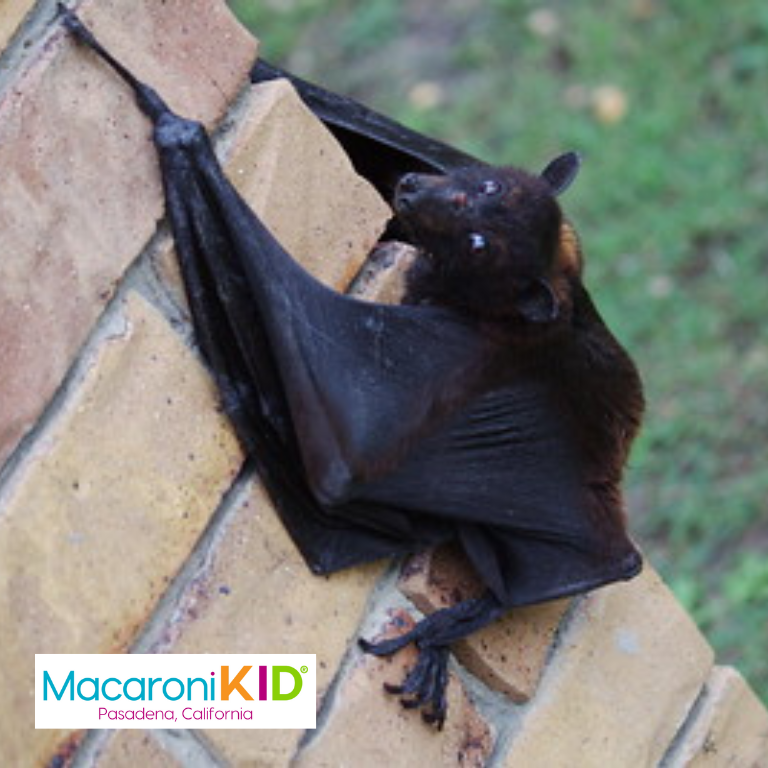 | ||||||||
Like whales, each species of bat has its own distinct vocalizations, a combination of high-pitched sounds, that they use for communication as well as navigation. Despite the expression “as blind as a bat,” bats can see and have excellent vision. They also use echolocation to see in the pitch black of night. This is helpful as they are nocturnal. | ||||||||||
Because they are mammals, bats give live birth and nurse their young (note the photo of the baby bat in the article heading). Most bats only produce a single offspring each year. These curious creatures are also the only mammals who can truly fly, and each species of bat have their own unique flight pattern as well. The most remarkable thing about bats is that they are ancient and may have coexisted with dinosaurs; fossilized bats have even been found entombed within the La Brea Tar Pits. | ||||||||||
International Bat Appreciation Day is April 17th. | ||||||||||
Some of the bats most common to Southern California are: Mexican Free-Tailed Bat Size: about 3.75 inches from ears to toes with an average 12.5-inch wingspan Coloring: dark greyish-brown fur with forward-pointed ears, and a long, distinct tail California Myosis Size: about 3 inches from ears to toes with an average 9-inch wingspan Coloring: long light brown fur with dark ears and a golden head Western Pipistrelle, aka the Canyon Bat Size: the smallest bat in the U.S.; about 2.5 inches from ears to toes with an average 8.5-inch wingspan Coloring: reddish or golden brown fur with a pale underbelly, black ears and a dark face | 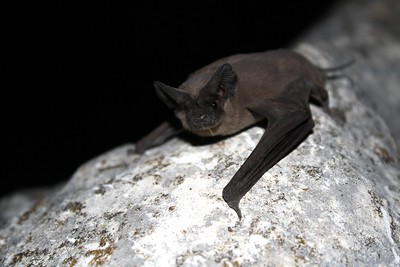 Mexican Free-Tailed Bat Mexican Free-Tailed Bat | |||||||||
 Western Pipistrelle Western Pipistrelle | ||||||||||



